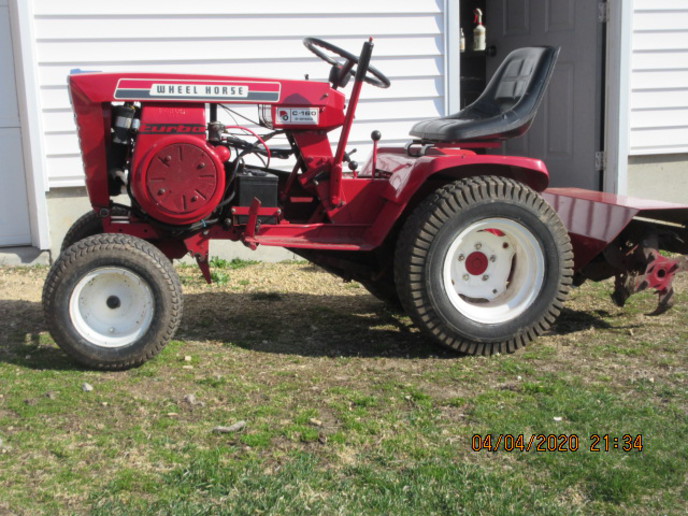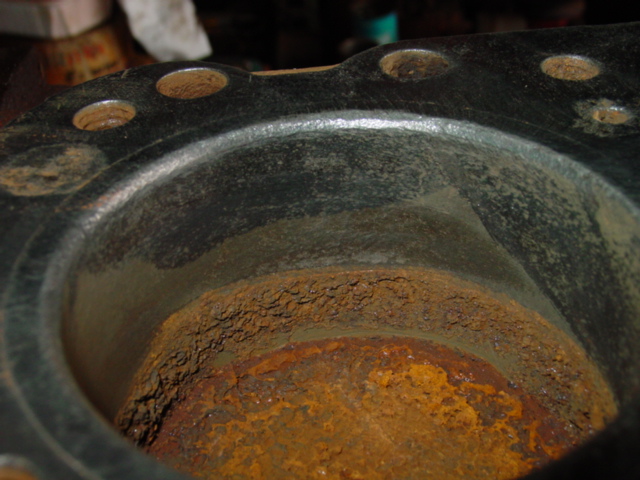super99
Well-known Member
Getting ready to start in on this project, looking ahead for possible ways to get it done. I bought a Oliver 550 gas with the motor stuck from 2 brothers cleaning up their Dads estate. They said it had ran OK, but it set in a shed until the roof fell in and then sat that way for quite a while getting rain down the exhaust. I brought it home, took the spark plugs out and filled with ATF and let it set inside for 2 years and it's still stuck. I'm going to pull the head soon and see just how bad it is inside. I don't know if it has wet sleeves or dry sleeves. Wondering the best way to get stuck piston and sleeve out of the block. I have heard tell of filling the cylinder with diesel fuel and lighting it on fire to break the rust loose. Watched a video on You Tube of a guy who did that and got his stuck piston out. I have heard of taking the pan off and putting a hydraulic jack under the connecting rod on the stuck piston and jacking the tractor up to put pressure on the piston to break it free. Years ago, I had a M Farmall with a stuck piston, ended up drilling holes in the top of the piston until I was able to get it to move and out. How hard will the sleeves be to get out without a sleeve puller? How thick are the sleeves? Saw a guy on You Tube that used a small screw driver and drove it down between block and sleeve on a Perkins diesel to split the sleeve and then get it out. I've heard of taking a welder and weld a bead down the sleeve to shrink it enough to pull it out. I would think the sleeve would be thin enough that you would probably burn thru the sleeve and weld on the block. Anyone ever did this? What welder setting did you use? Too cold in Illinois to do much to it right now, but next week is supposed to be mid 40 to 50?, so I'll start on it then. Just looking for ideas to think about. Chris






